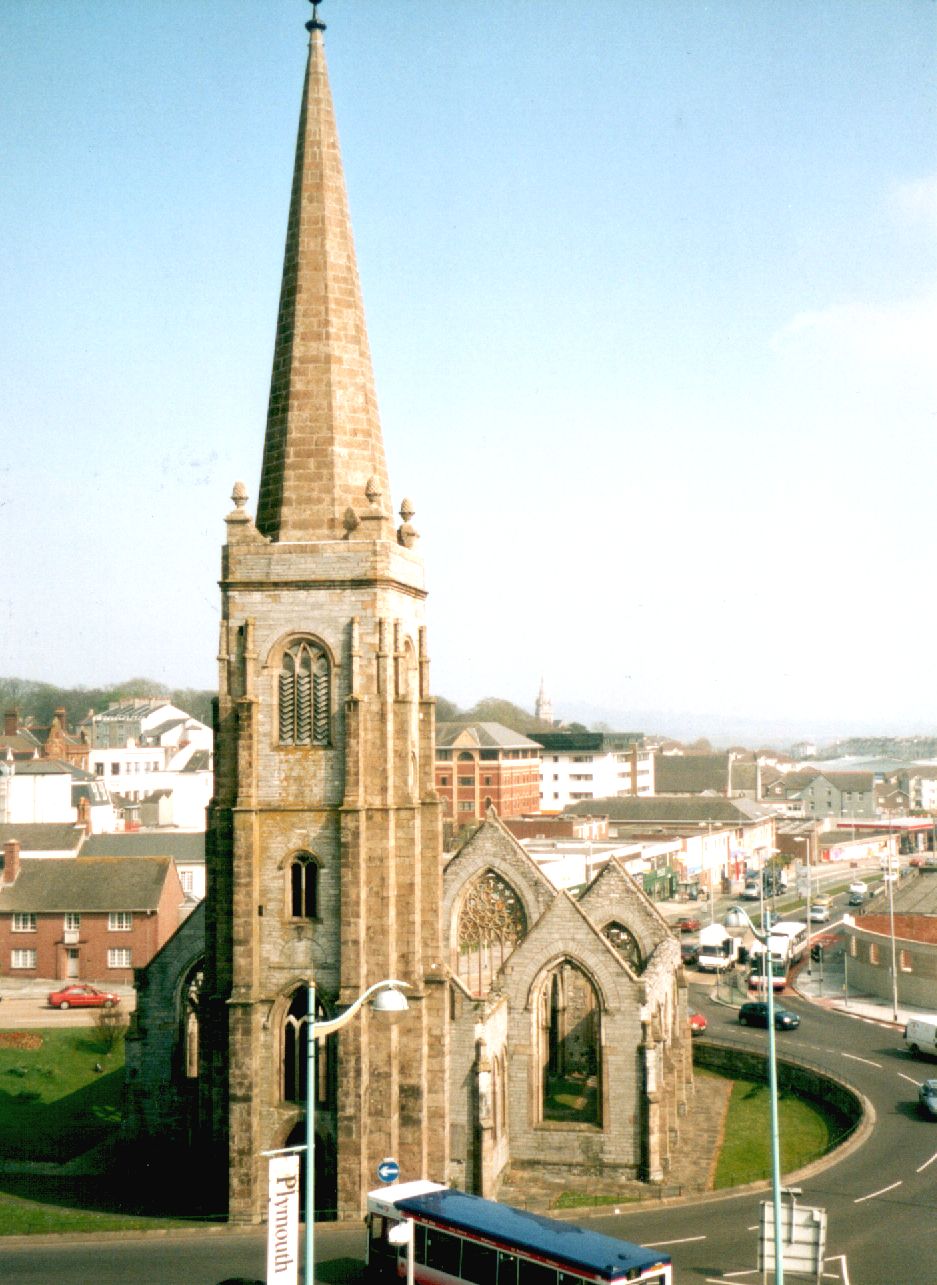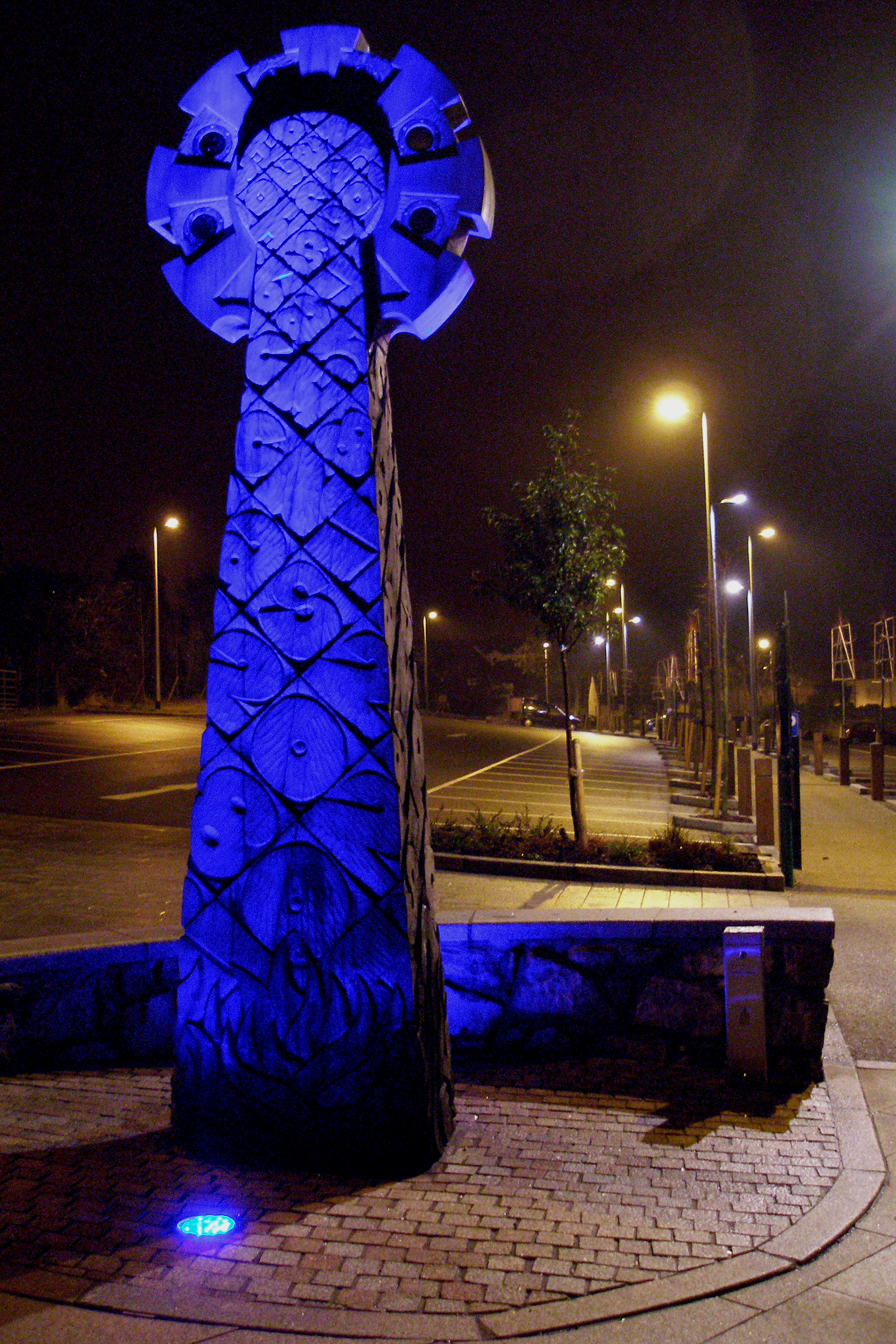|
Joseph Fox The Younger
Joseph Fox (1758 – 25 February 1832) was an English apothecary and physician. Life He was the son of Joseph Fox the elder, and his wife Elizabeth Hingston; and the brother of Edward Long Fox. Another brother, Richard Fox M.D. of Falmouth (1764–1841), was another physician, and he had a physician son Joseph Fox M.D. of Falmouth, who is therefore possible to confuse with the Joseph Fox who died in 1832. Fox, after practicing in Falmouth for some years as an apothecary, "acquired by marriage and his profession a small independence" and decided to try his fortune in London as a physician. He studied at Edinburgh and in 1783 graduated M.D. at St. Andrews. Settling in London, he was admitted L.R.C.P. in 1788, and in 1789 was elected physician to the London Hospital. In 1792 the Royal College of Physicians of Edinburgh made him a fellow. When Fox settled among them, Londoners of the Society of Friends were helpful. It was through the influence of Thomas Smith, a banker, of Lomba ... [...More Info...] [...Related Items...] OR: [Wikipedia] [Google] [Baidu] |
Charles Church, Plymouth
Charles Church is a now derelict church, the second most ancient parish church in Plymouth, Devon, England. It was founded around 1640, but not completed for many years. It is a Gothic style church, consisting of a west tower, with spire, a nave with north and south aisles, north and south porches, and a chancel with vestry. The tower was completed in 1708, the original wooden/lead covered spire was replaced by a stone spire in 1766. During the nights of 21 and 22 March 1941, the church was entirely burned out by incendiary bombs during the Plymouth Blitz. When peace came it was decided not to rebuild the church. In 1958, at a service conducted by the vicar of the parish, J Allen James, the church was dedicated as a memorial for the 1,200 civilian deaths in air raids. There have been several histories made of the church including two written in the early 20th century. Most focus on the fabric of the building rather than the spiritual life of the church and ministers, of whom ... [...More Info...] [...Related Items...] OR: [Wikipedia] [Google] [Baidu] |
Boulogne-sur-Mer
Boulogne-sur-Mer (; pcd, Boulonne-su-Mér; nl, Bonen; la, Gesoriacum or ''Bononia''), often called just Boulogne (, ), is a coastal city in Northern France. It is a sub-prefecture of the department of Pas-de-Calais. Boulogne lies on the Côte d'Opale, a touristic stretch of French coast on the English Channel between Calais and Normandy, and the most visited location in the region after the Lille conurbation. Boulogne is its department's second-largest city after Calais, and the 183rd-largest in France.Téléchargement du fichier d'ensemble des populations légales en 2017 [...More Info...] [...Related Items...] OR: [Wikipedia] [Google] [Baidu] |
Redruth
Redruth ( , kw, Resrudh) is a town and civil parishes in Cornwall, civil parish in Cornwall, England. The population of Redruth was 14,018 at the 2011 census. In the same year the population of the Camborne-Redruth urban area, which also includes Carn Brea, Redruth, Carn Brea, Illogan and several satellite villages, stood at 55,400 making it the largest conurbation in Cornwall. Redruth lies approximately at the junction of the Great Britain road numbering scheme, A393 and A3047 roads, on the route of the old London to Land's End trunk road (now the A30 road, A30), and is approximately west of Truro, east of St Ives, Cornwall, St Ives, north east of Penzance, Cornwall, Penzance and north west of Falmouth, Cornwall, Falmouth. Camborne and Redruth together form the largest urban area in Cornwall and before local government reorganisation were an Urban district (Great Britain and Ireland), urban district. Toponymy The name Redruth derives from its older Cornish name, ''Rhy ... [...More Info...] [...Related Items...] OR: [Wikipedia] [Google] [Baidu] |
William Henry Sleeman
Major-general Sir William Henry Sleeman KCB (8 August 1788 – 10 February 1856) was a British soldier and administrator in British India. He is best known for his work from the 1830s in suppressing the organized criminal gangs known as Thuggee. He also discovered the holotype specimen of the sauropod dinosaur ''Titanosaurus indicus'' in Jabalpur in 1828. Early life and career Sleeman was born in Stratton, Cornwall, the fifth of eight children of Philip Sleeman, a yeoman and supervisor of excise of St Tudy. In 1809 Sleeman joined the Bengal Army and later served in the Nepal War between 1814 and 1816. He contracted malaria in 1813, symptoms of which occasionally reappeared for the remainder of his life (with sometimes debilitating intensity). In 1820 he was selected for civil employ, and became junior assistant to the Governor-General's agent in the Saugor and Nerbudda territories. In 1822 he was placed in charge of Narsinghpur District, and would later describe his two years ... [...More Info...] [...Related Items...] OR: [Wikipedia] [Google] [Baidu] |
Newton Abbott
Newton Abbot is a market town and civil parish on the River Teign in the Teignbridge District of Devon, England. Its 2011 population of 24,029 was estimated to reach 26,655 in 2019. It grew rapidly in the Victorian era as the home of the South Devon Railway locomotive works. This later became a major steam engine shed, retained to service British Railways diesel locomotives until 1981. It now houses the Brunel industrial estate. The town has a race course nearby, the most westerly in England, and a country park, Decoy. It is twinned with Besigheim in Germany and Ay in France. History Early history Traces of Neolithic inhabitants have been found at Berry's Wood Hill Fort near Bradley Manor. This was a contour hill fort that enclosed about . Milber Down camp was built before the 1st century BC and later occupied briefly by the Romans, whose coins have been found there.Beavis (1985), p. 20. Highweek Hill has the remains of a Norman motte-and-bailey castle, known as Castle Dyk ... [...More Info...] [...Related Items...] OR: [Wikipedia] [Google] [Baidu] |
St Dennis, Cornwall
St Dennis ( kw, Tredhinas) is a civil parish and village in Cornwall, England, United Kingdom. The village is situated on the B3279 between Newquay and St Austell. St Dennis had a population of 2,696 in the 2001 census, increasing to 2,810 at the 2011 census. An electoral ward also exists with a population at the same census of 4,560. A quarter of the male population is employed in the extraction of china clay. The village is famous for its church built on the site of an Iron Age hillfort. Other major buildings include the Methodist chapel and the Boscawen Hotel. History St Dennis originated as several smaller settlements: Hendra, Trelavour and Whitepit. The area's population grew rapidly after William Cookworthy discovered China Clay in the area. Geography The area is characterised by tips and pits of china clay mining but St Dennis village itself is designated an 'island settlement' which prevents encroachment by the china clay industry. Much of the parish is up to 500 f ... [...More Info...] [...Related Items...] OR: [Wikipedia] [Google] [Baidu] |
National Institutes Of Health
The National Institutes of Health, commonly referred to as NIH (with each letter pronounced individually), is the primary agency of the United States government responsible for biomedical and public health research. It was founded in the late 1880s and is now part of the United States Department of Health and Human Services. The majority of NIH facilities are located in Bethesda, Maryland, and other nearby suburbs of the Washington metropolitan area, with other primary facilities in the Research Triangle Park in North Carolina and smaller satellite facilities located around the United States. The NIH conducts its own scientific research through the NIH Intramural Research Program (IRP) and provides major biomedical research funding to non-NIH research facilities through its Extramural Research Program. , the IRP had 1,200 principal investigators and more than 4,000 postdoctoral fellows in basic, translational, and clinical research, being the largest biomedical research instit ... [...More Info...] [...Related Items...] OR: [Wikipedia] [Google] [Baidu] |
John Redman Coxe
John Redman Coxe (September 16, 1773 – March 22, 1864) was a physician and professor of medicine at the University of Pennsylvania. Early life and education Born in Trenton, New Jersey, Coxe, was reportedly descended from a long line of medical and surgical ancestors, several of whom, at different periods, were physicians to the kings and queens of England. He was educated under the care of his European-educated grandfather, Dr. John Redman (physician), John Redman, in Philadelphia, Pennsylvania."s:American Medical Biographies/Coxe, John Redman, Coxe, John Redman, ''American Medical Biographies'' (1920), p. 254-55.University of Pennsylvania School of Medicine, "A Biographical Sketch of John Redman Coxe, M.D., and John Redman, M.D.", ''University of Pennsylvania Medical Bulletin, Volume 20'' (1908), p. 294-299. Redman seems to have liked English methods best, for he sent his grandson to English schools and on to the University of Edinburgh when Coxe was sixteen to begin classical ... [...More Info...] [...Related Items...] OR: [Wikipedia] [Google] [Baidu] |
Thomas Bradley (physician)
Thomas Bradley, M.D. (1751–1813) was an English physician. Life Bradley was a native of Worcester, where for some time he conducted a school in which mathematics formed a prominent study. About 1786 he withdrew from education, and, devoting himself to medical studies, went to Edinburgh, where he graduated M.D. in 1791. He settled in London, and on 22 December 1791 was admitted licentiate of the College of Physicians. From 1794 to 1811 he was physician to the Westminster Hospital. In the practice of his profession he was not very successful. Bradley died in St George's Fields at the close of 1813. Works His doctoral dissertation was published as ''De Epispasticorum Usu in variis morbis tractandis.'' For many years he acted as editor of the '' Medical and Physical Journal.'' He published a revised and enlarged edition of Joseph Fox the younger's ''Medical Dictionary'', 1803, and also a ''Treatise on Worms and other Animals which infest the Human Body'', 1813. On the Prospect ... [...More Info...] [...Related Items...] OR: [Wikipedia] [Google] [Baidu] |







_(cropped).png)